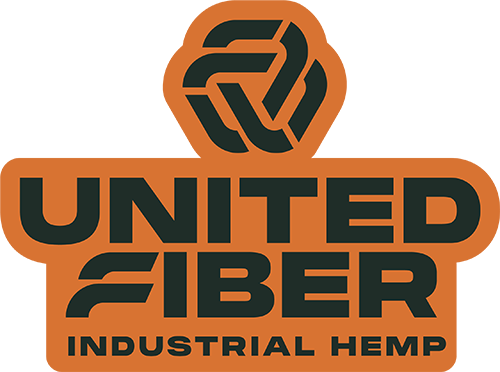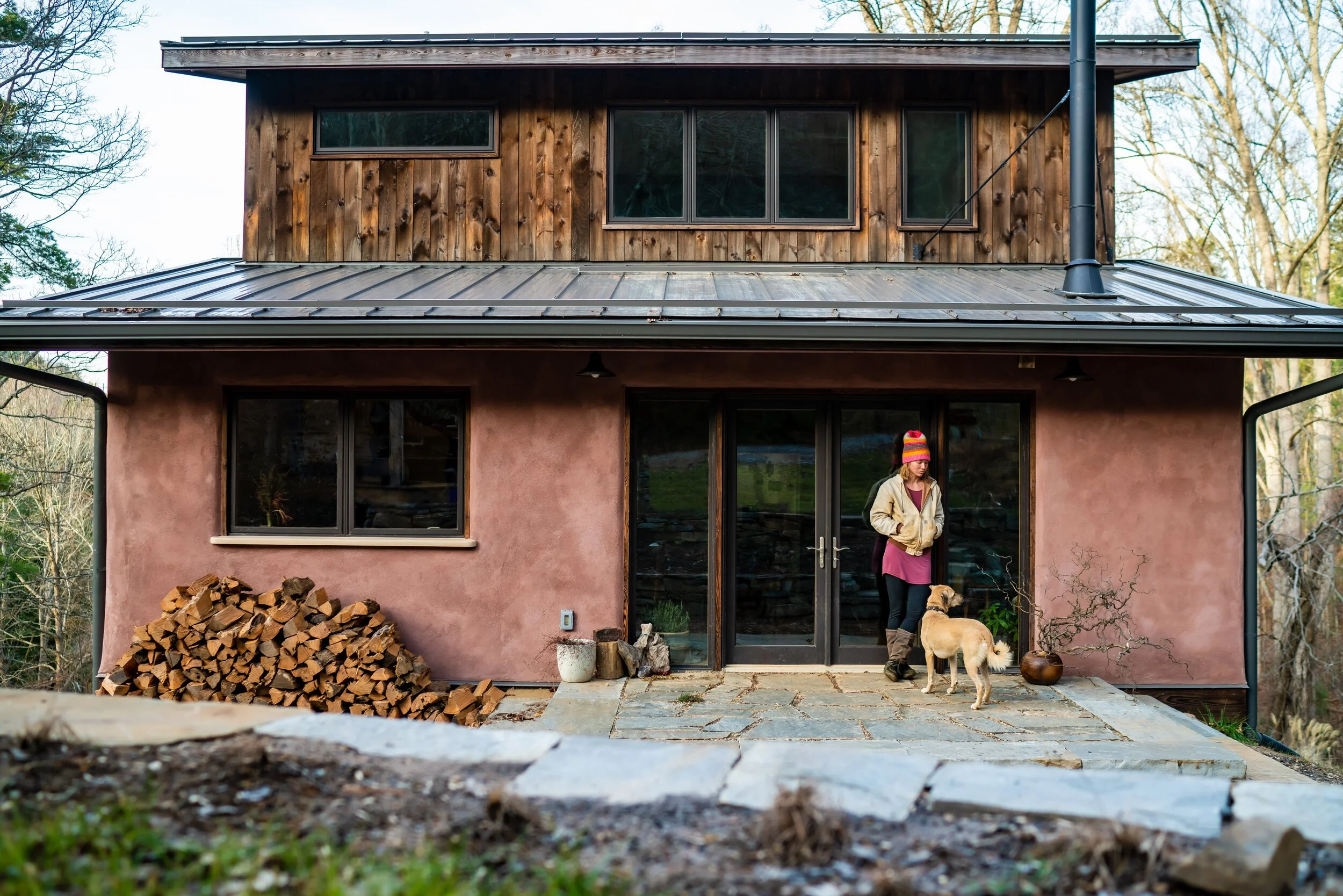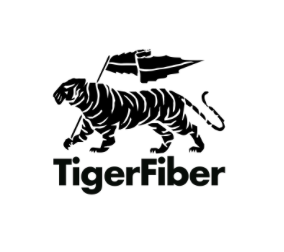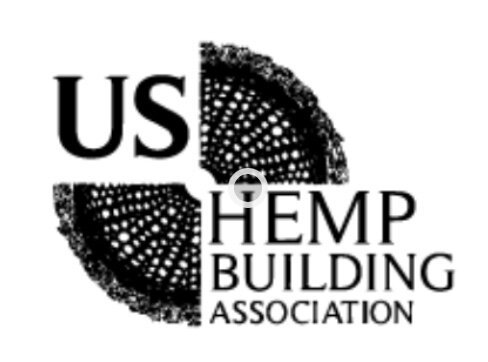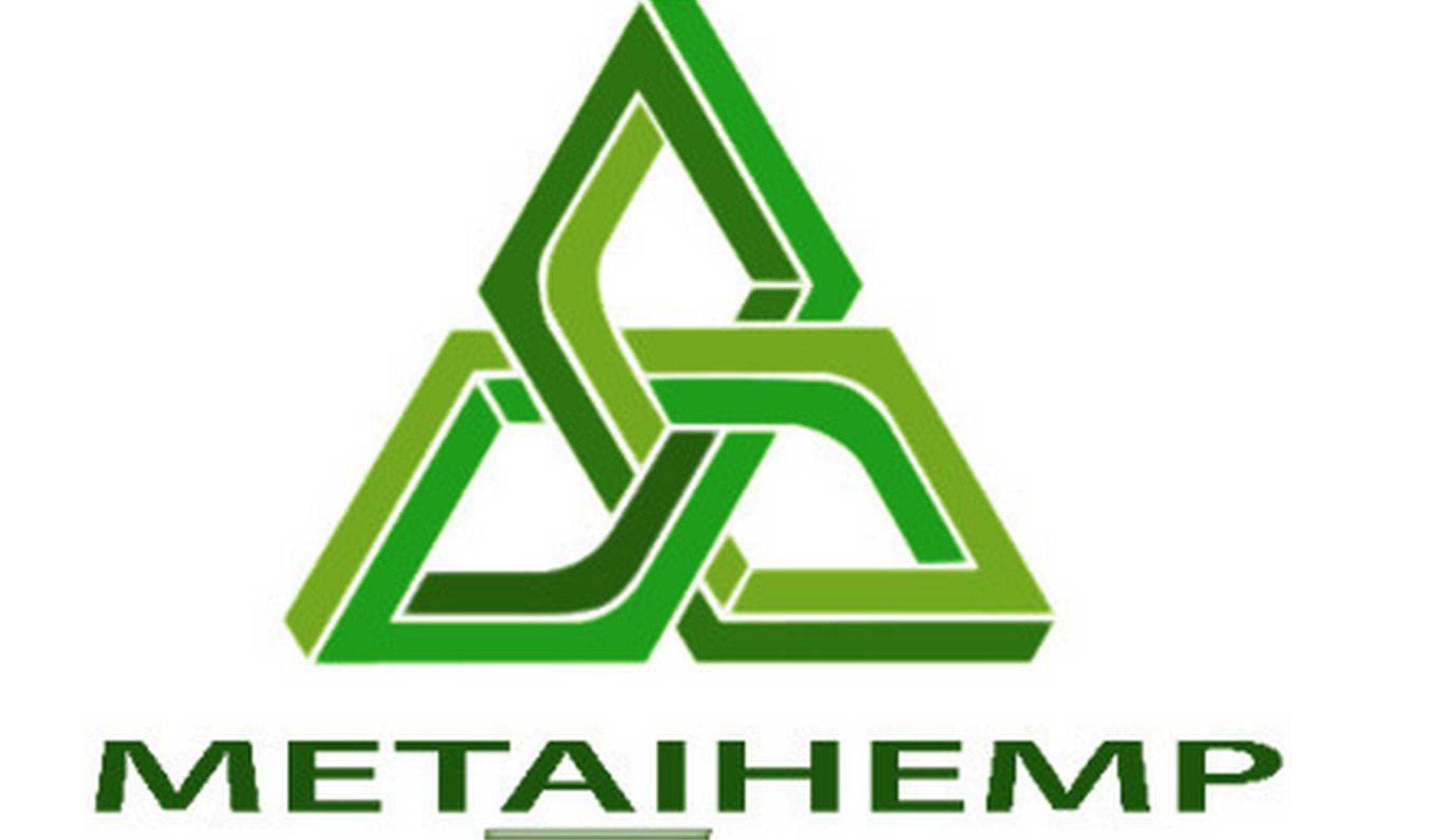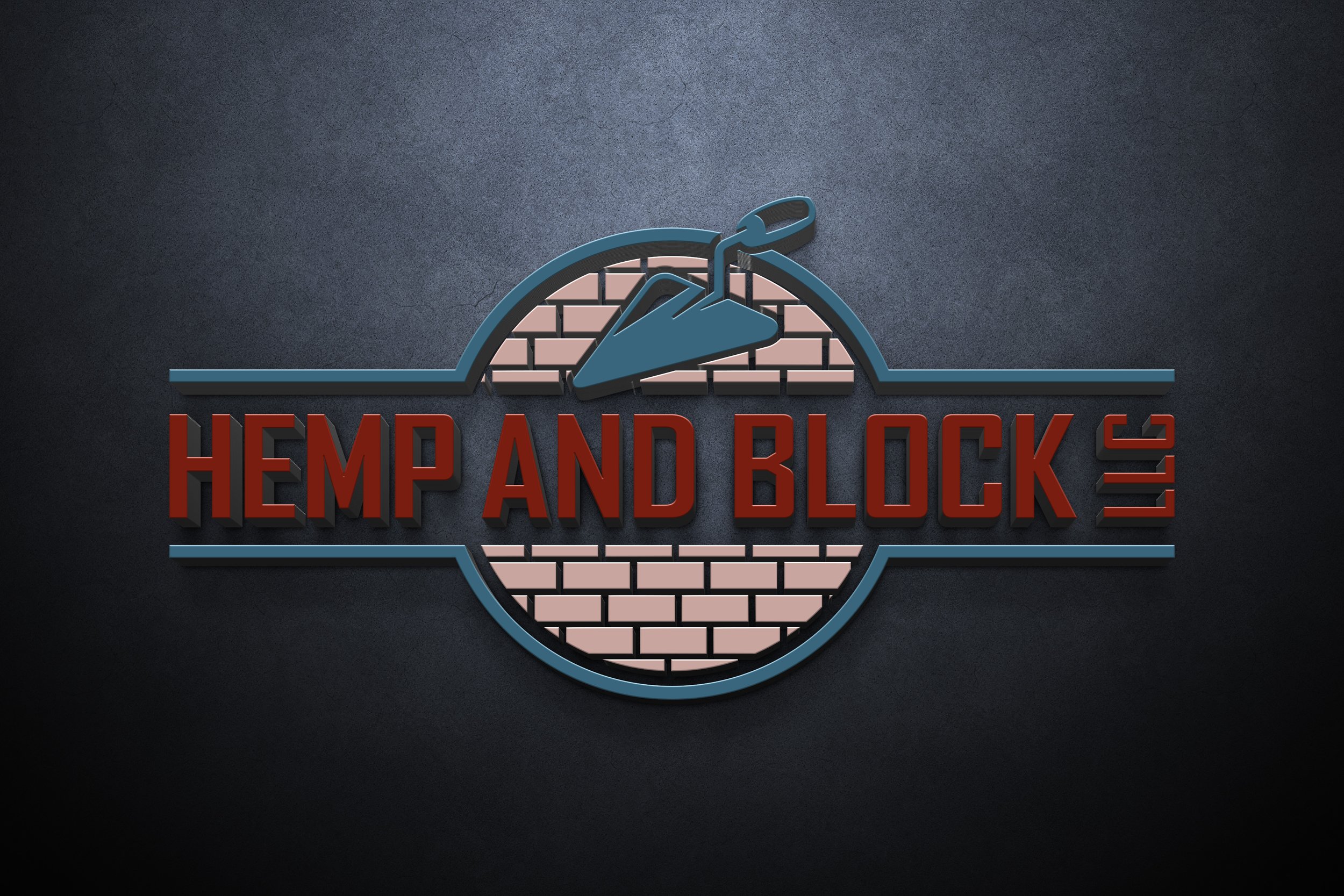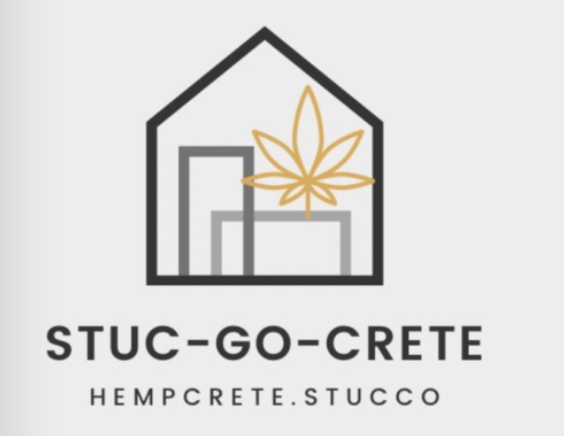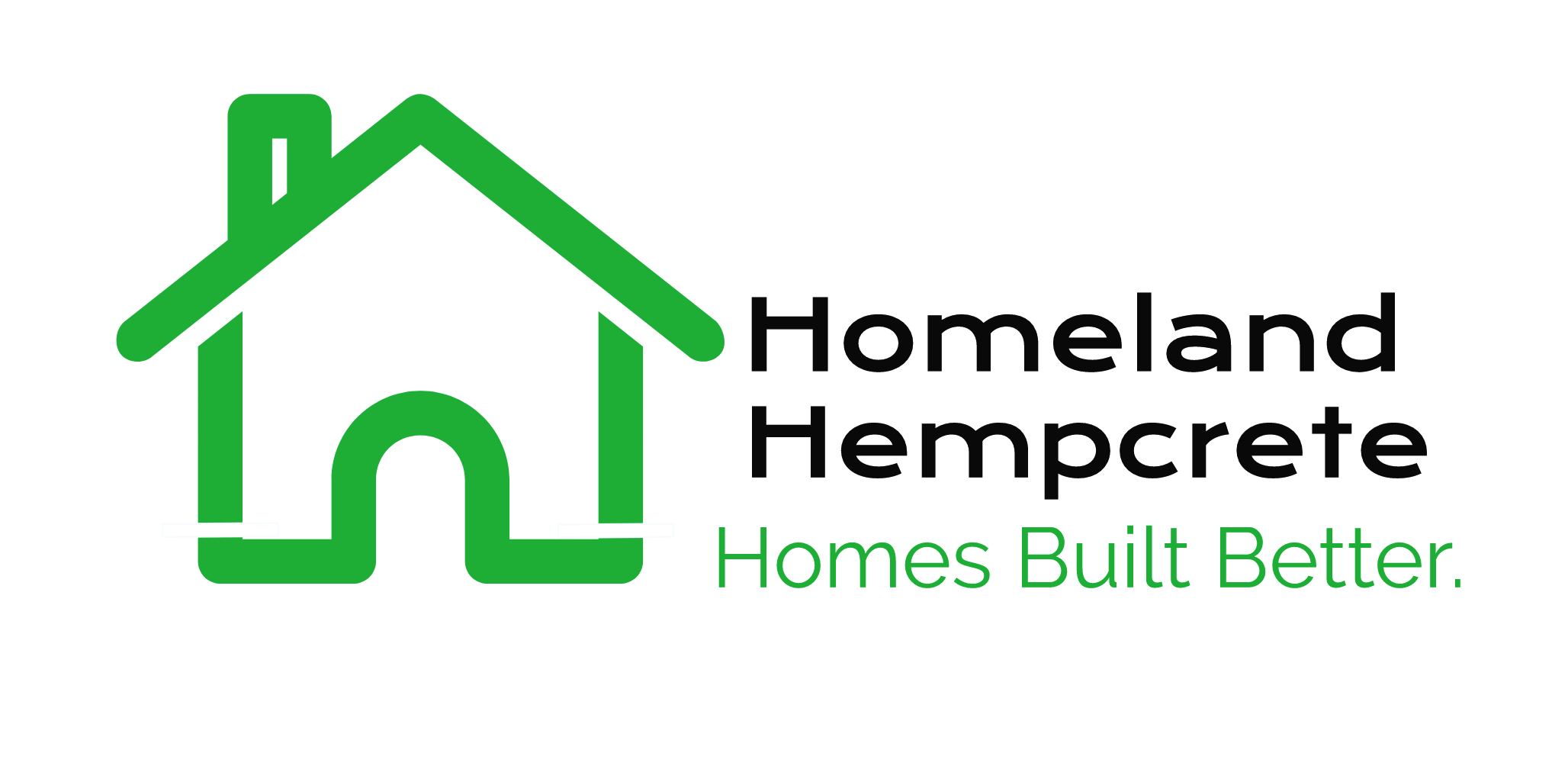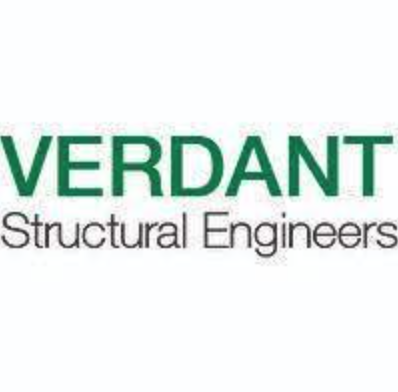Asheville, NC Hemp Houses Survive Driving Rains of Hurricane Helene
Asheville, NC area’s Apeldoorn House, insulated with hempcrete, was described by tenants as “safe and cozy” during the raging storm of Hurricane Helene. Screengrab courtesy of Apeldoornhouse.com
Asheville Area Hemp Houses Survive Driving Rains of Hurricane Helene
By Elizabeth Lunt
Reflecting on the huge storm that hit his home town in Asheville, NC, pioneering natural building architect Tim Callahan said he is vindicated by many of the design choices and maxims he has used in his career – particularly building with hemp-lime (“hempcrete.”)
The Asheville area was hit in late September by the devastating Hurricane Helene, which dumped 22 inches of rain in a three-day period. The hurricane featured sustained winds over 60 miles per hour, swelled streams into raging rivers of mud, took down trees by the dozens and saturated everything in its path. The storm wiped out two of the city's three water treatment plants and destroyed water lines. The extreme weather washed away roads, damaged cell towers and knocked out electricity. At least 130 people died.
Half of the 10 hempcrete homes Callahan designed and built between 2009-2021 are located in the Asheville area.
In a combination of luck and excellent design, none of the hemp houses Callahan built were damaged by the storm. He now concludes that building with hemp is every bit as good in extreme rain and humidity as he suspected it would be.
“From a durability standpoint [the homes] have lived up to our hopeful expectations,” Callahan told HempBuild Mag. “As to the question of resiliency, I think that was always part of the whole idea behind designing with hemp-lime in the first place,” Callahan said. “Our decision – going back 15 years – was to reduce carbon emissions so we wouldn't have this kind of [extreme weather].”
Callahan said his own home – which is not insulated with hempcrete – suffered flooding in the basement, which is now being remodeled.
Appeldoorn property before and after Hurricane Helene. Photos courtesy of Barbara Massey
Hempcrete house cozy during raging storm
Callahan’s natural building methodology depends on overhangs; good drainage and solid foundations; and door, window and roof connections that prevent water damage. Adding hempcrete in a humid climate also works to wick away moisture. Callahan notes that if houses are “properly designed and detailed for the conditions” they will survive extreme weather.
Barbara Massey, owner of Apeldoorn, a house Callahan designed and built for her husband and her in 2021, says no water seeped into the house during the storm. The overhangs and gutters -- carefully considered during the design process -- were more than adequate in handling the huge volume of runoff from the roof. She also described a trio of water gardens that were sited to control water flow coming down behind the house and along the driveway.
During the storm, strong winds knocked down large trees on the property and local streams became rivers of mud.
Apeldoorn, run as an AirBnb, had guests during the storm who told Massey they felt safe and cozy as the storm raged outside. They had turned the heat on for a day or two before the storm, and after losing power found that they were warm and comfortable in the house even though it had lost power and the heat was off. The hempcrete walls kept the house comfortable and dry.
Although two sides of the house were saturated, they dried quickly and left no mildew smell or sign of mold, Massey said.
Erika Binger poses with her dog in front of her hempcrete house before Hurricane Helene. Photo courtesy of Nate Burrows
Horizontal rain and high winds
Erika Binger, owner of one of the homes Callahan finished in 2018, reported that Helene brought strong winds and horizontal rain, saturating the walls of her house.
“I did not fear that the house was going to get moldy,” she said, because the porous nature of hempcrete means that it dries out thoroughly and does not retain moisture that becomes mold, she said.
Indeed, Callahan said it is mold-resistance that drew him to hempcrete in the first place, noting that the near-tropical climate of the Carolinas needs a mold-resistant material more than most places. “If you use hempcrete on exterior walls, the odds of you having any mold issues are approaching zero,” Callahan said. ”That’s a big deal for people’s health.”
In a previous article, Callahan said “The truth is for most people in our region, especially because of our climate, I just don't know anything that will perform the way that hempcrete does.”
Binger also credits large overhangs and excellent grading for the lack of storm damage to her house.
In an undated photo, Tim Callahan (front in green shirt) poses in front of the “Nauhaus,” one of the earliest hempcrete homes built in Asheville. Photo courtesy of Tim Callahan
Lucky location was spared flooding
Elliot Cole, owner of an Asheville hempcrete home nicknamed the “Nauhaus,” said the surrounding neighborhood didn’t flood as other areas did.
The house had “no damage we have detected,” Cole texted. “We were lucky. Most of the damage in our neighborhood was falling trees, not wind or water.” he added.
Hempcrete can dry out
Callahan pointed out that a strong advantage to hempcrete is that if there is flooding inside a building -- even a couple of feet of water — there will not be issues typically found with stick-frame construction, where water is encapsulated in an unbreathing cavity and then mold develops.
Hemp can withstand getting soaked and then dry out and be habitable whereas other building materials cannot, he explains.
And although none of the Asheville hempcrete houses were flooded inside during Hurricane Helene, there was a tremendous amount of rainfall accompanied by high winds. “What we can certainly safely say is there was no water damage due to wind-driven rains,” Callahan concluded.
Callahan’s latest book, Hempsteads: Architectural details for hemp-lime construction, will be published this fall.
Please Support Our Classified Advertisers
(To find out more about advertising CLICK HERE).
Publications
Hemp Building Directory 2024 - Guide to the International Hemp Building Industry
Hempsteads: Architectural details for hemp-lime construction, by Timothy Callahan - Published this fall by Haepenny, LLC
Green Builders
Cut energy bills and live toxin free with Texas Healthy Homes
Build your hempcrete dream house in Austin, TX with Gradek Contracting and Design
8th Fire Innovations: 15 Years of Hemp Building in Alberta, Canada. Home of the Divita Block System
Experienced Natural Building Engineering Services from Verdant Structural Engineers, CA
Natural Materials Design at Plural Office Architects, Austin TX
Naturalia Construction, Colorado-based Sustainable Construction with Hemp
Aaron Grail Construction, No. Cal: The intersection of art, design and performance
Hemp Building Research and Training
Enrolling now Hemp Build School Masterminds online and IRL for Homeowners and Professionals
Hemp Hurd (shivs)/Hemp Fiber/ Hemp Microfiber
CannaVision, Fort Worth, TX: Home of the Pulsewave Hemp Processor
Your Hemp Agricultural Solutions: Whitefield Global Holdings
IND HEMP: Supporting Farm Families and Rural Communities with Natural Materials Processing
Grown in USA: Hemp and Fiber specialists at Complete Hemp Processing
Hemp Building Supplies, No Order Too Small. Hemp Traders, Los Angeles
Hempcrete installers/Insulation subcontractors
Hemp Build Network: We Make Building with Hemp Possible, New Braunfels, TX
Hemp Building Company: Hempcrete installation, supplies Lafayette, CO
Design and build your Hempcrete home with HempStone LLC complete consultants
Lime Binder
Hemp Batt Insulation/Supplies
Hemp Wall Panel Products
Preorder your hempcrete tiny house from Sativa Building Systems
Panel solutions from Homeland Hempcrete
Hemp Composite Boards
Hemp Blocks
Financial Services:
Professional Associations













